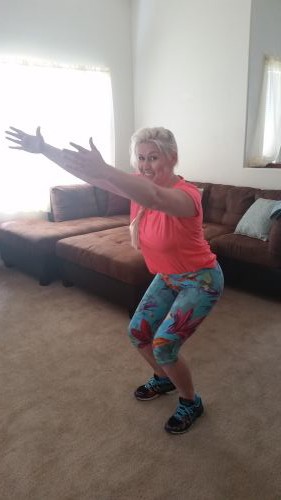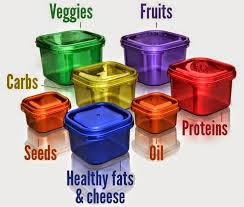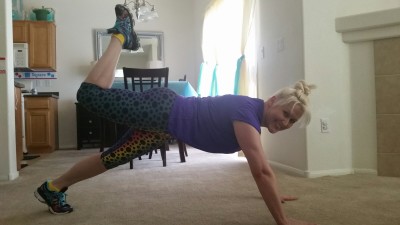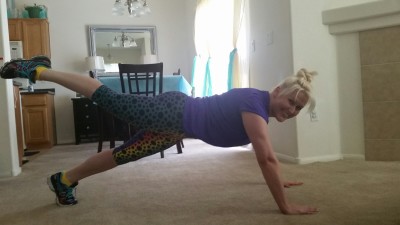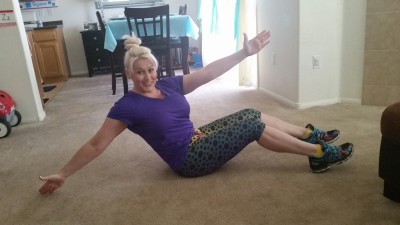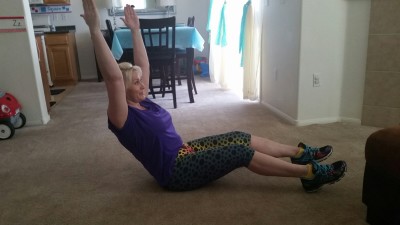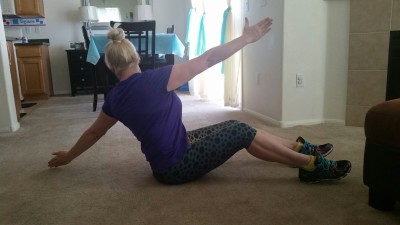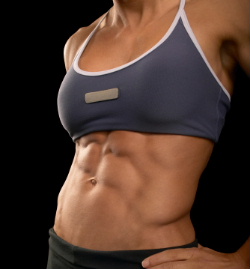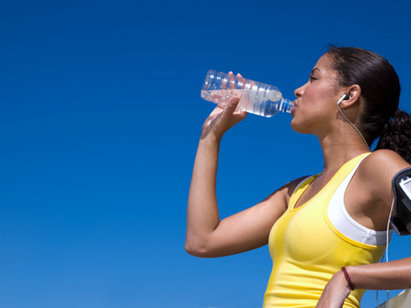September 21, 2015
Monday Total Cardio Workout With Carol Strom Day 10 of 21 day challenge.
September 19, 2015
Saturday 30 Minute Workout With Carol Strom Day 9 of 21 day challenge.
September 17, 2015
Pilates Thursday Workout With Carol Strom Day 6 of 21 day challenge.
September 16, 2015
Leg Day Wednesday Workout With Carol Strom Day 5 of 21 day challenge.
September 15, 2015
Upper Body Tuesday Workout With Carol Strom Day 4 of 21 day challenge.
September 3, 2015
September 17, 2012
July 20, 2012
What to drink while exercising?
When exercising regularly, you must pay special attention to the hydration needs of your body. Depending on the length and frequency of your workouts, your body will require specific fluids to effectively hydrate your cells and internal organs. However, not all fluids are capable of replenishing your body properly. Some fluids successfully meet your body’s hydration needs, while others actually hinder it, resulting in dehydration.
Water
Considered the best fluid replenisher by the American Council on Exercise, water keeps your body’s temperature normal, cushions your joints, protects your spinal cord and rids your body of wastes. Your body can lose more than a quart of water for every hour of exercise performed. If your body is not properly hydrated and cooling itself off, not only are you in danger of dehydration, but you also put yourself at risk for joint injuries. Physical activity requires more than the daily recommended amounts of 91 oz. for women and 125 oz. for men. Focus on drinking water before, during and after you exercise to ensure your body is sufficiently hydrated.
Fluids with Electrolytes
When your workouts exceed 45 to 60 minutes, or you find yourself sweating substantially, your fluids should contain electrolytes to replace those lost during exercise. It’s imperative that you drink before you start to feel thirsty, as thirst is a sign of dehydration. Choose drinks containing sodium and potassium. Sports drinks and coconut water are acceptable options.
Frequency
The more vigorous the workout, the more you should drink. A general rule of thumb is to drink 17 to 28 oz. within a three-hour period before the workout, 7 to 10 oz. every 10 to 20 minutes during exercise and 8 oz. or more upon completion of the workout.
Drinks to Avoid
Avoid fluids that pull water from the body and promote dehydration. Beverages containing alcohol and caffeine are not recommended as quality options for proper hydration. Also avoid fluids with high sugar content, such as fruit juices and soda. Beverages high in sugar typically contain more calories than other beverages and can negate the benefits of regular exercise.
Read more: http://www.livestrong.com/article/498817-supposed-drink-exercising/#ixzz21CYK0t2D
June 7, 2012
Eat less by cutting food in half
 Looking for ways to cut back on what you eat? Try cutting everything into smaller pieces–you may eat less.
Looking for ways to cut back on what you eat? Try cutting everything into smaller pieces–you may eat less.
A study found that slicing candies in half caused people to eat less of the snacks, ultimately consuming fewer calories. The research, published in the May issue of the Journal of the American Dietetic Assn., put 54 college students through two scenarios: in one, 20 pieces of candy were served whole. In another, the 20 candies were cut in half. In both scenarios the test subjects busied themselves with a computer task that acted as a distraction, since snacking is often done while preoccupied. Don’t pretend you don’t do that.
Of all participants, 33 (almost all of them normal-weight women) ate some candy. During both tests people ate about the same number of pieces; in the test with smaller pieces people ate an average of 6.2 portions of candy, while in the test with larger pieces people age an average of 6.9 pieces.
Those who ate the larger pieces consumed about 60 calories more than those who ate the smaller pieces. No substantial differences were found in the groups regarding hunger, how much the test subjects liked the candies, and whether they ate candy on a regular basis.
Researchers also noted that the connection between the size of the food and how much people ate was not affected by variables such as age, food intake control, body mass index or how much time the participants spent exercising.
Future research, the authors wrote, should look at whether altering the size of food could cause men and women of all ages and BMI ranges to eat less.
Do you cut your food into smaller pieces to trick yourself into thinking you’re eating more? Do you have similar tips for cutting back on calories? Let us know.
–
Source: LA Times Health
